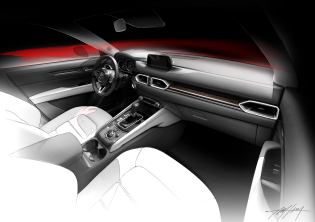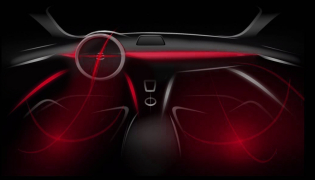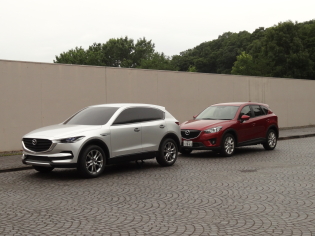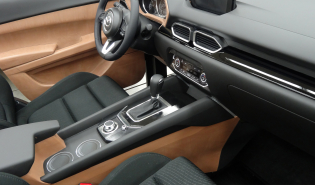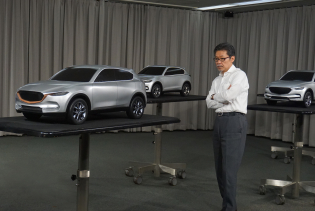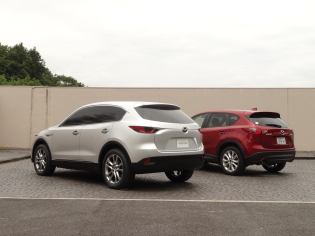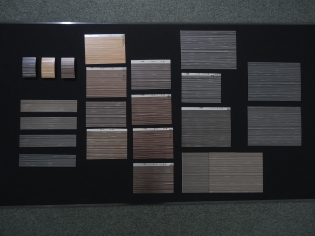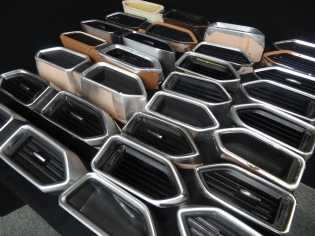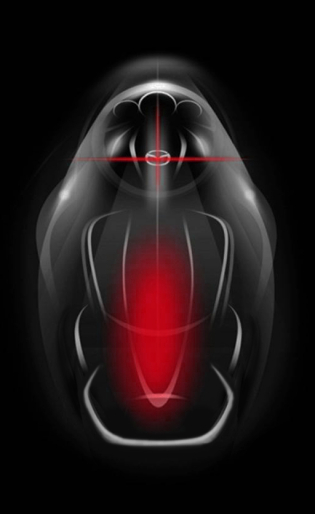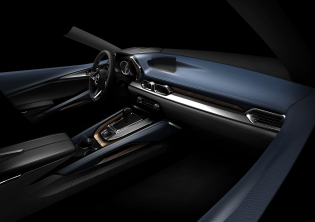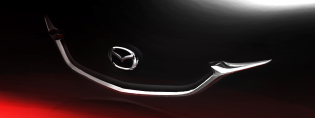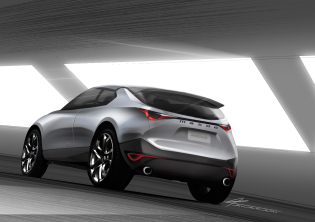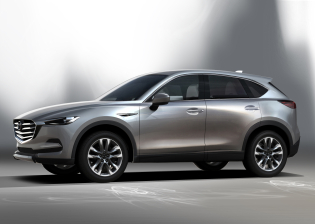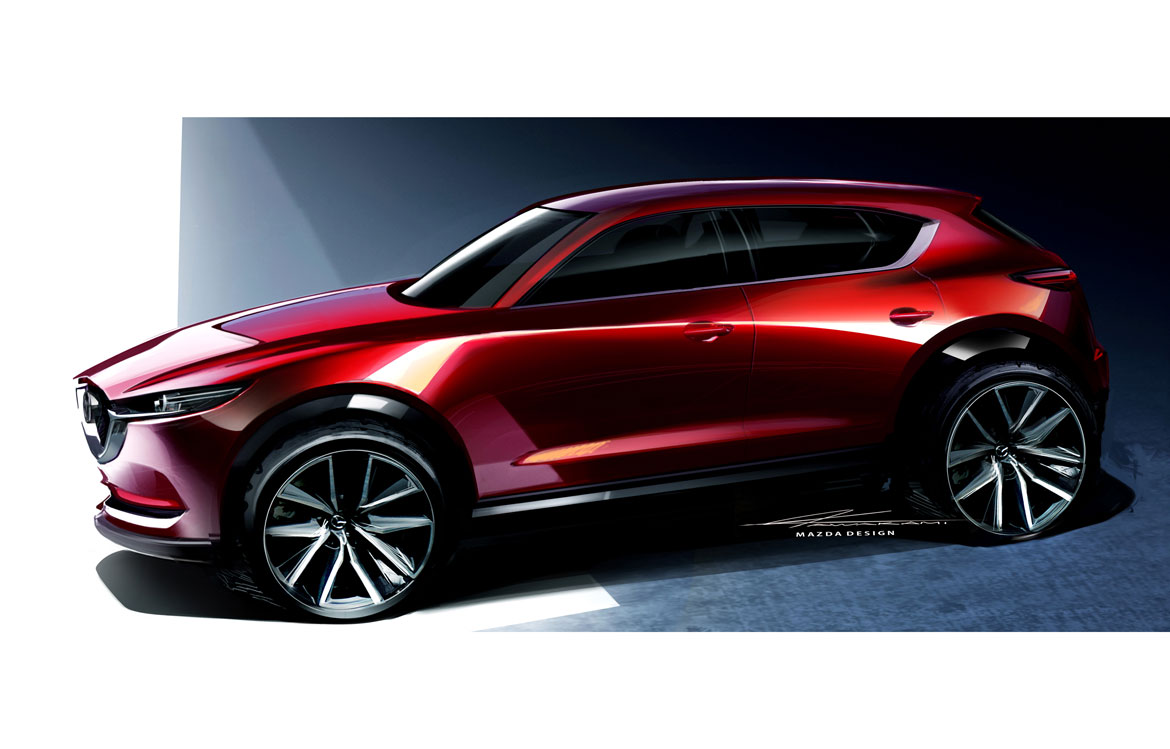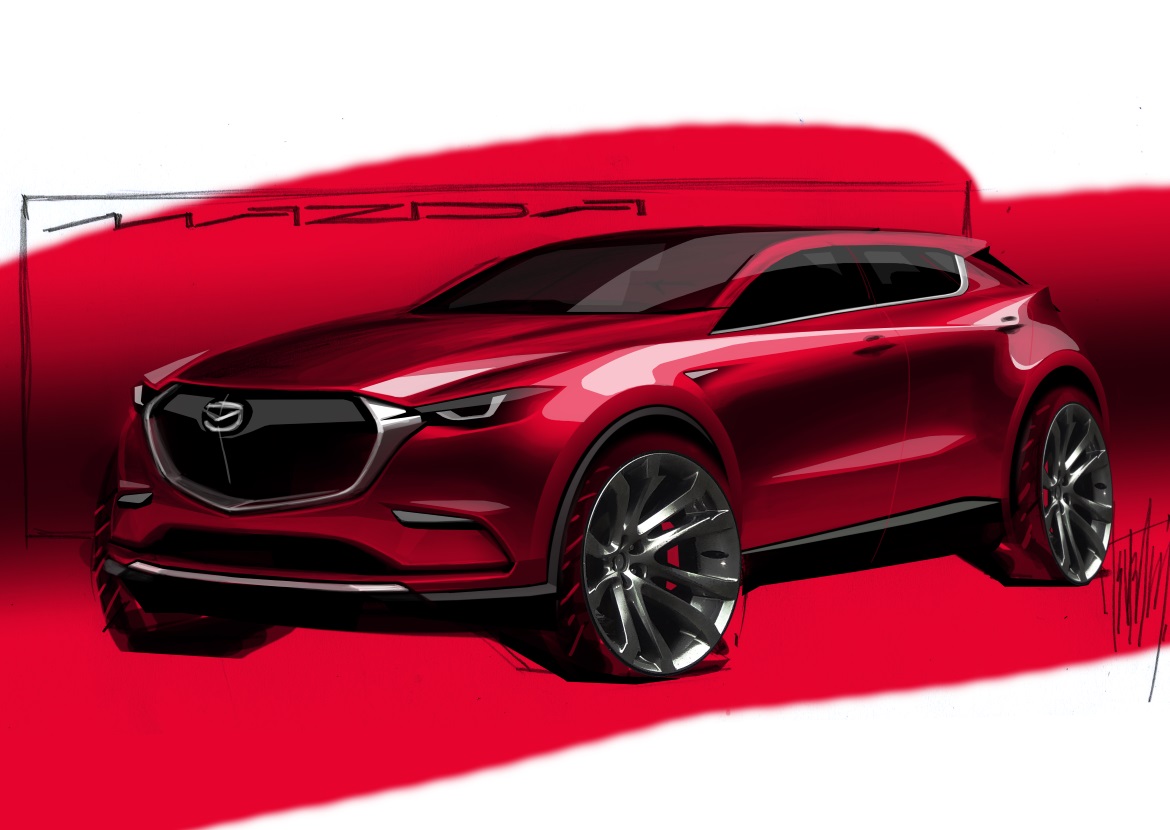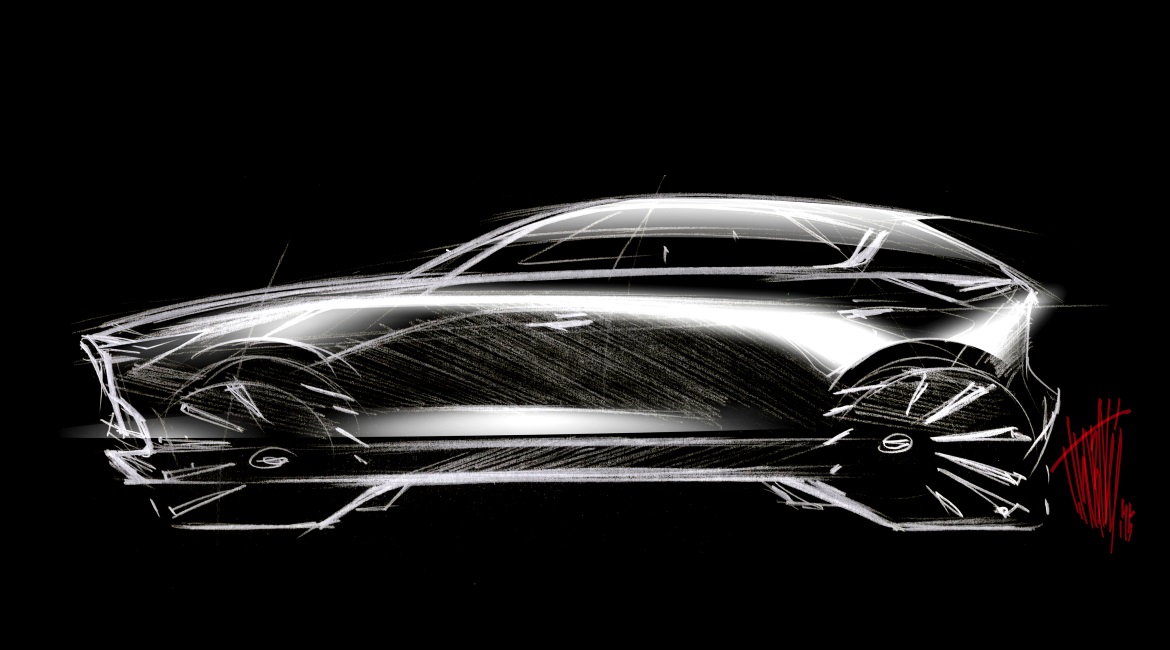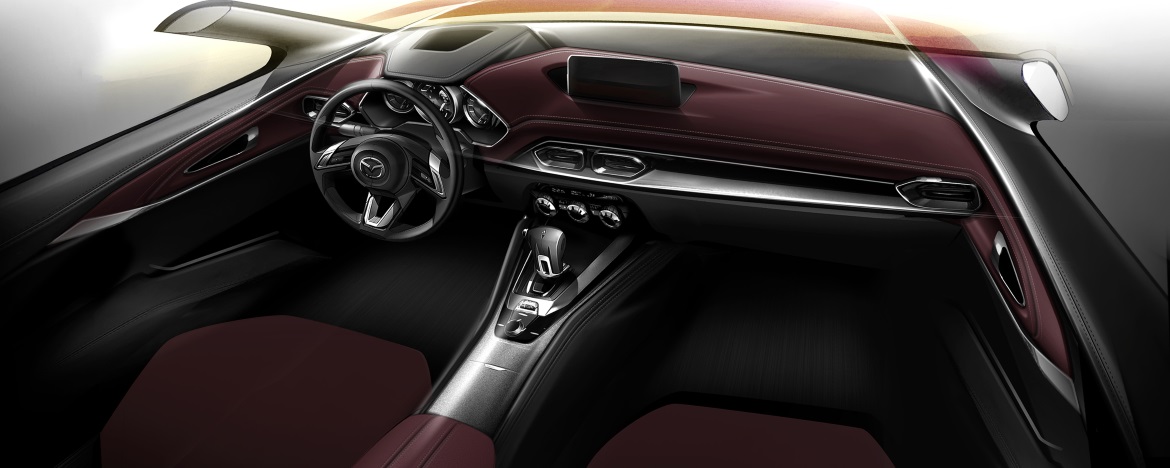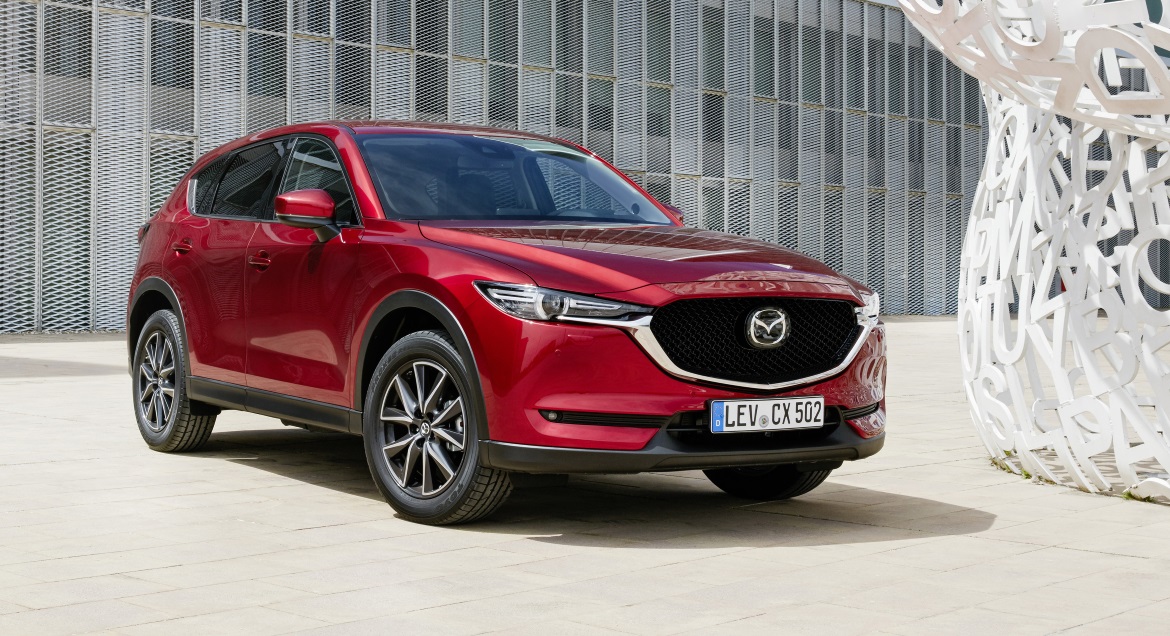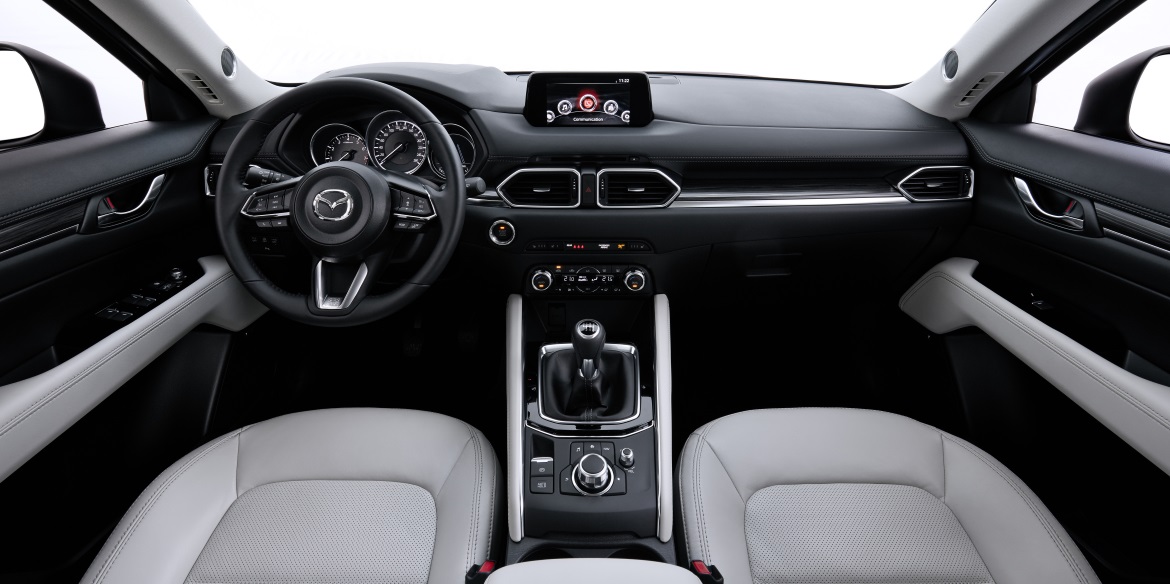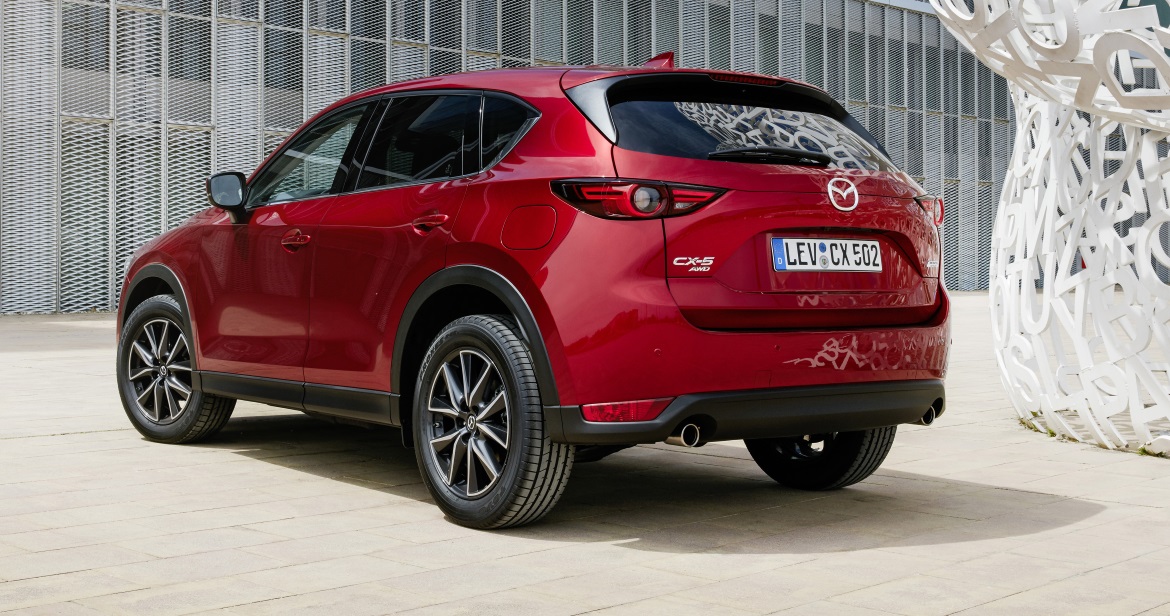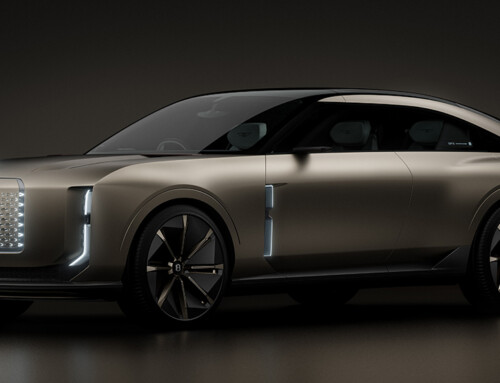Not many years ago, the Mazda designers tended to find their inspiration in nature: first a fish, then a bird, or an impetuous wave. Now that the password is Kodo – the soul of motion – they need new labels. Which is why the CX-5, an SUV launched in 2012 and now at its second generation, after a million and a half have been built, aims to deserve the title of “Car as art”. Its designers insist that they “want to take the quality of Kodo design to an artistic level”. How? “We have studied premium brands like BMW and Volvo which embody Bauhaus and Scandinavian design respectively,” explains Shinichi Isayama, the car’s chief designer: “We tried to emulate them, introducing a Japanese type of beauty, i.e. trying to simplify things, eliminating elements that are not indispensable, and introducing aspects of our traditional craftsmanship. In an age when there are so many sci-fi, digital and non-organic cars, we have tried to give a sense of human warmth.”
Mazda marketing goes further. Simplicity is important, but also Jinba Ittai, which we could translate as “rider and horse in a single body”. In this case, the physical and emotional connection is not with a horse but with a car: harmony in which, according to the Japanese, the joys of driving “give vigour to the body and to the spirit”. The circle closes around a “pure and simple” shape. As Ikuo Maeda, global head of design at Mazda says, “Our aim is to create cars that contain the dynamic beauty of life, and hint at a visual expression of this energy. In the case of the CX-5 the strong lines of the front and the rounded lines of the rear are linked by smooth, delicate sides, generating an expression of simple elegance that cannot hide its muscular build. At Mazda we tend to talk about “refined toughness”.
Takanori Tsubaki, who was responsible for the exterior, used five 1:4 models to try to find the winning formula; but he also borrowed the stylistic language of the RX-Vision concept car that evolved in parallel with the CX-5, giving the CX-5 a sporty punch that is unusual in the SUV world. “The same concepts,” Isayama explains, “but developed differently. What they have in common is a stylistic simplicity that develops dynamically and emotively,” The CX-5 has a longer bonnet than the previous model, and the passenger compartment is repositioned further back, but it is just one centimetre longer (at 4.55 metres) and the roof is 3.5 cm lower.
It is in the interior, designed by Tatsunori Iwahara, that the spirit of simplicity as art is expressed particularly strongly: “The interior is clean and linear,” observes Isayama, “but above all it is not cluttered by all the paraphernalia that can distract the driver. There is a straight line all across the facia, around which the various elements develop. What is more, the higher console makes some functions easier to reach. It had to be a relaxing place for passengers and a comfortable place for the driver, who has to concentrate on the road. A harmonious mixture of relaxation and tension in a simple environment. Like a teahouse. What could be more Japanese?”.
